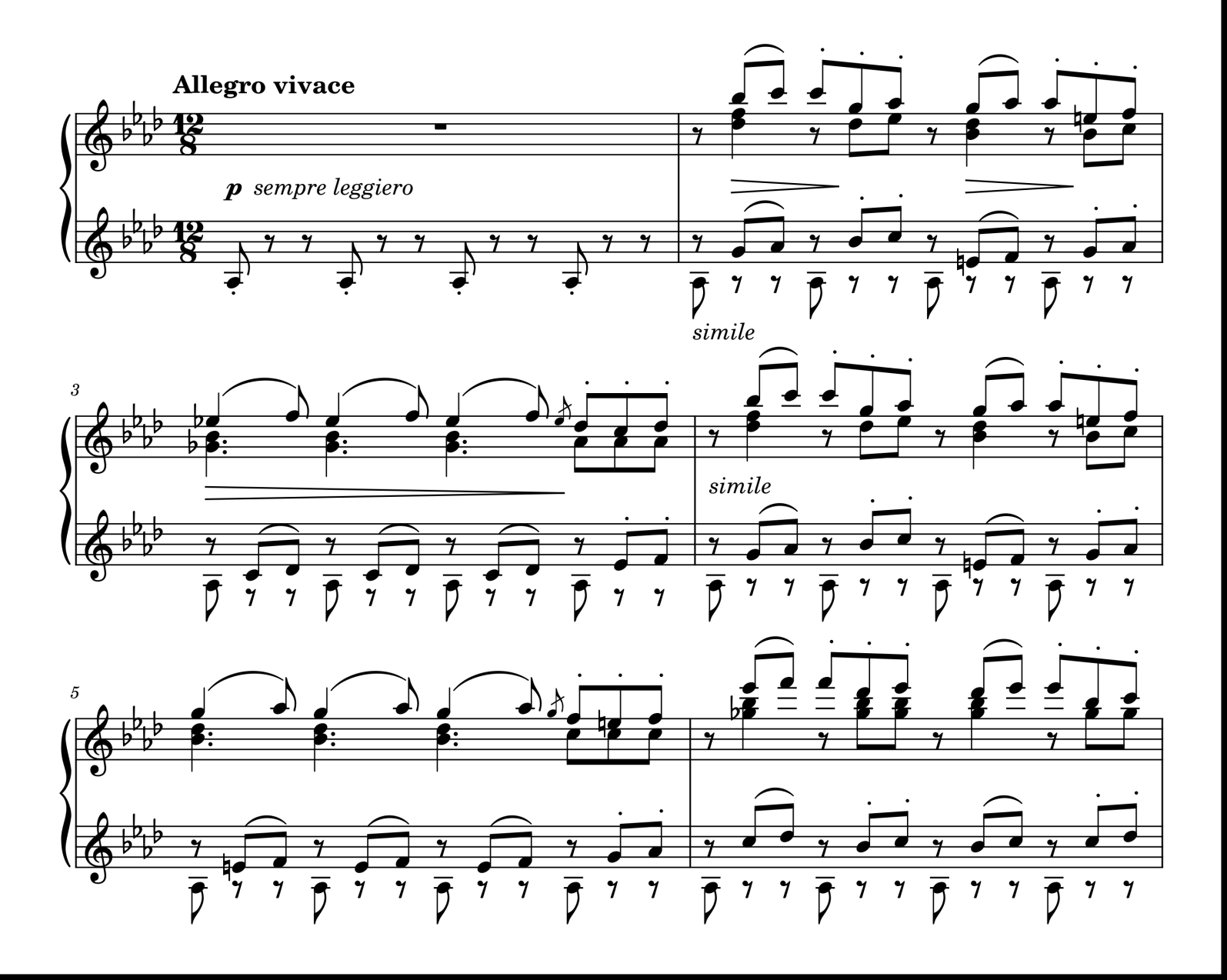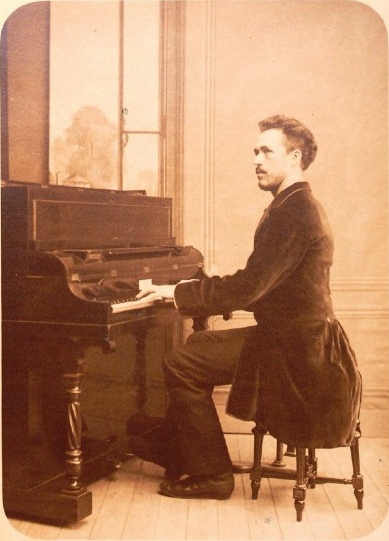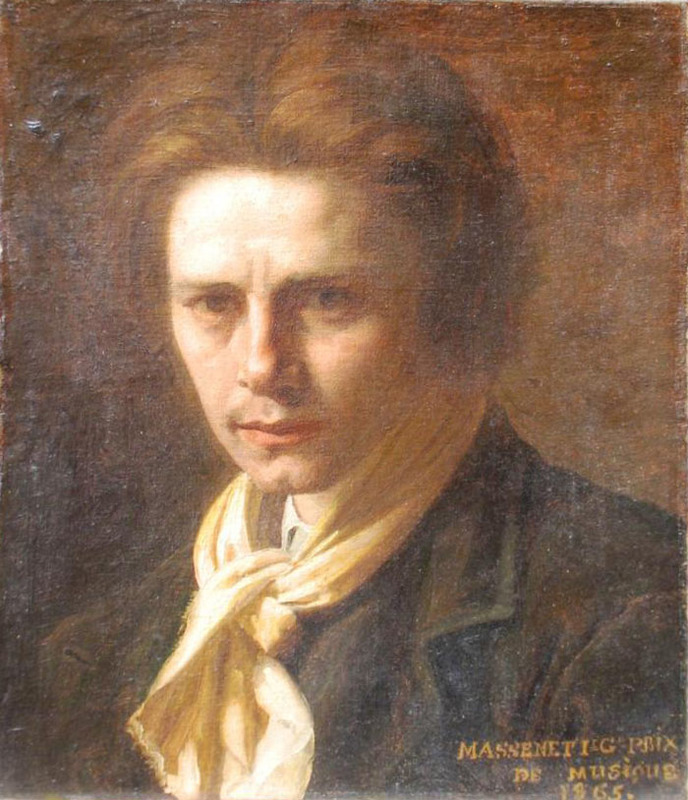|
Valborg Aulin
Laura Valborg Aulin (9 January 1860 – 13 March 1928) was a Swedish pianist and composer. Aulin's String Quartet in E minor, Op. 17 and String Quartet in F minor are the most important Swedish music compositions in that genre from the 1880s. Life Aulin was born in Gävle, Sweden, in 1860. Both of her parents, Lars Axel Alfred and Edla Aulin née Holmberg, were musical. Her mother, Edla Aulin had hoped for a career as a singer, but bad health had stopped her career. Aulin's father was a classics scholar, holding a doctorate in Greek, on the poet Callimachus. He also held a position at a Stockholm secondary school, where he taught classical languages. While he was a student at Uppsala University, Aulin's father developed an understanding and appreciation of chamber music, eventually becoming a keen amateur violinist, eventually leading to a position in the Mazer String Quartet Society, playing viola and violin. Aulin's musical career began when she started taking piano lessons fr ... [...More Info...] [...Related Items...] OR: [Wikipedia] [Google] [Baidu] |
Gävle
Gävle ( ; ) is a Urban areas in Sweden, city in Sweden, the seat of Gävle Municipality and the capital of Gävleborg County. It had 79,004 inhabitants in 2020, which makes it the List of cities in Sweden, 13th-most-populated city in Sweden. It is the oldest city in the historical Norrland (Sweden's northern lands), having received its charter in 1446 from Christopher of Bavaria. However, Gävle is far nearer to the greater Stockholm region than it is to most other major settlements in Norrland and has a much #Climate, milder climate than associated with said region. In recent years, the city has received much international attention due to its large Yule Goat figure made of straw – the Gävle Goat. The goat is erected in December each year and is often subsequently vandalized, usually by being Arson, set on fire. The goat has now become a symbol for the city and is being used for various marketing purposes. History It is believed that the name ''Gävle'' derives from the w ... [...More Info...] [...Related Items...] OR: [Wikipedia] [Google] [Baidu] |
Tor Aulin
Tor Aulin (10 September 1866 – 1 March 1914) was a Swedish violinist, conductor and composer. Biography Aulin studied music at the Royal College of Music in Stockholm (1877-1883) under and then in the Conservatory of Berlin Berlin ( ; ) is the Capital of Germany, capital and largest city of Germany, by both area and List of cities in Germany by population, population. With 3.7 million inhabitants, it has the List of cities in the European Union by population withi ... (1884-1886) with Émile Sauret and Philipp Scharwenka. From 1889 to 1892 Aulin served as concertmaster of the Royal Swedish Opera in Stockholm. He went on to conduct the principal symphony orchestras of Stockholm and Gothenburg. In 1887 he formed the Aulin Quartet, the first full-time professional quartet in Sweden. It gained an excellent reputation. It disbanded in 1912. Along with Wilhelm Stenhammar, Aulin spearheaded a revival in interest in the work of Franz Berwald, and as soloist he premie ... [...More Info...] [...Related Items...] OR: [Wikipedia] [Google] [Baidu] |
Harmony
In music, harmony is the concept of combining different sounds in order to create new, distinct musical ideas. Theories of harmony seek to describe or explain the effects created by distinct pitches or tones coinciding with one another; harmonic objects such as chords, textures and tonalities are identified, defined, and categorized in the development of these theories. Harmony is broadly understood to involve both a "vertical" dimension (frequency-space) and a "horizontal" dimension (time-space), and often overlaps with related musical concepts such as melody, timbre, and form. A particular emphasis on harmony is one of the core concepts underlying the theory and practice of Western music. The study of harmony involves the juxtaposition of individual pitches to create chords, and in turn the juxtaposition of chords to create larger chord progressions. The principles of connection that govern these structures have been the subject of centuries worth of theoretical work ... [...More Info...] [...Related Items...] OR: [Wikipedia] [Google] [Baidu] |
Musical Composition
Musical composition can refer to an Originality, original piece or work of music, either Human voice, vocal or Musical instrument, instrumental, the musical form, structure of a musical piece or to the process of creating or writing a new piece of music. People who create new compositions are called composers. Composers of primarily songs are usually called songwriters; with songs, the person who writes lyrics for a song is the lyricist. In many cultures, including Western classical music, the act of composing typically includes the creation of music notation, such as a sheet music, sheet music "score", which is then performed by the composer or by other musicians. In popular music and Folk music, traditional music, songwriting may involve the creation of a basic outline of the song, called the lead sheet, which sets out the melody, lyrics and chord progression. In classical music, orchestration (choosing the instruments of a large music ensemble such as an orchestra which will ... [...More Info...] [...Related Items...] OR: [Wikipedia] [Google] [Baidu] |
Counterpoint
In music theory, counterpoint is the relationship of two or more simultaneous musical lines (also called voices) that are harmonically dependent on each other, yet independent in rhythm and melodic contour. The term originates from the Latin ''punctus contra punctum'' meaning "point against point", i.e. "note against note". John Rahn describes counterpoint as follows: Counterpoint has been most commonly identified in the European classical tradition, strongly developing during the Renaissance and in much of the common practice period, especially in the Baroque period. In Western pedagogy, counterpoint is taught through a system of species (see below). There are several different forms of counterpoint, including imitative counterpoint and free counterpoint. Imitative counterpoint involves the repetition of a main melodic idea across different vocal parts, with or without variation. Compositions written in free counterpoint often incorporate non-traditional harmonies and c ... [...More Info...] [...Related Items...] OR: [Wikipedia] [Google] [Baidu] |
Piano
A piano is a keyboard instrument that produces sound when its keys are depressed, activating an Action (music), action mechanism where hammers strike String (music), strings. Modern pianos have a row of 88 black and white keys, tuned to a chromatic scale in equal temperament. A musician who specializes in piano is called a pianist. There are two main types of piano: the #Grand, grand piano and the #Upupright piano. The grand piano offers better sound and more precise key control, making it the preferred choice when space and budget allow. The grand piano is also considered a necessity in venues hosting skilled pianists. The upright piano is more commonly used because of its smaller size and lower cost. When a key is depressed, the strings inside are struck by felt-coated wooden hammers. The vibrations are transmitted through a Bridge (instrument), bridge to a Soundboard (music), soundboard that amplifies the sound by Coupling (physics), coupling the Sound, acoustic energy t ... [...More Info...] [...Related Items...] OR: [Wikipedia] [Google] [Baidu] |
Nya Idun
('New Idun') is a Swedish cultural association for women founded in 1885, originally as a female counterpart to ('the Idun Society'). Its aim was to "gather educated women in the Stockholm area for informal gatherings". Activity was founded on 7 February 1885 on the premises of the at Jakobsbergsgatan 11 in Stockholm. Its founders were Calla Curman, Hanna Winge, Ellen Fries, Ellen Key and Amelie Wikström. The first fifteen women elected to the association's committee were Alfhild Agrell, Lilly Engström, Selma Giöbel, Therese Gyldén, Anna Höjer, Amanda Kerfstedt, Anne Charlotte Leffler, Hulda Lundin, Agda Montelius, Anna Munthe-Norstedt, Mathilda Roos, Anna Sandström, Hilma Svedbom, Anna Whitlock, and Coraly Zethræus. The association's model was Sällskapet Idun in Stockholm, founded in 1862, which, according to its statutes, was for "men living in Stockholm who have their own activities and interests in science, literature and art in various fields". accepted only m ... [...More Info...] [...Related Items...] OR: [Wikipedia] [Google] [Baidu] |
Benjamin Godard
Benjamin Louis Paul Godard (18 August 184910 January 1895) was a French violinist and Romantic-era composer of Jewish extraction, best known for his opera '' Jocelyn''. Godard composed eight operas, five symphonies, two piano and two violin concertos, string quartets, sonatas for violin and piano, piano pieces and etudes, and more than a hundred songs. He died at the age of 45 in Cannes (Alpes-Maritimes) of tuberculosis and was buried in the family tomb in Taverny in the French department of Val-d'Oise. Life and career Godard was born in Paris in 1849. He entered the Conservatoire de Paris in 1863 where he studied under Henri Vieuxtemps (violin) and Napoléon Henri Reber (harmony) and accompanied Vieuxtemps twice to Germany. In 1876, his ''Concerto romantique'' was performed at the Concerts Populaires, and other of his large works were also performed at these concerts. In 1878, Godard was the co-winner of the Prix de la Ville de Paris. His winning composition, a dramatic symp ... [...More Info...] [...Related Items...] OR: [Wikipedia] [Google] [Baidu] |
Ernest Guiraud
Ernest Guiraud (; 23 June 18376 May 1892) was an American-born French composer and music teacher. He is best known for writing the traditional orchestral recitatives used for Bizet's opera '' Carmen'' and for Offenbach's opera '' Les contes d'Hoffmann'' (''The Tales of Hoffmann''). Biography Guiraud was born in New Orleans, Louisiana. He began his schooling in Louisiana under the tutelage of his father, Jean-Baptiste-Louis Guiraud, who had won the Prix de Rome in 1827. At age 15, he set to music a full-length libretto about King David, which he and his father had found on a trip to Paris. The result was ''David'', an opera in three-acts, which had a resounding success at the Théâtre d'Orléans in New Orleans in 1853, sealing his future. In December of the same year, Guiraud sailed back to France to continue his musical education. He studied piano under Marmontel and composition under Halévy at the Paris Conservatoire. Remarkably gifted as a student, he was awarde ... [...More Info...] [...Related Items...] OR: [Wikipedia] [Google] [Baidu] |
Jules Massenet
Jules Émile Frédéric Massenet (; 12 May 1842 – 13 August 1912) was a French composer of the Romantic music, Romantic era best known for his operas, of which he wrote more than thirty. The two most frequently staged are ''Manon'' (1884) and ''Werther'' (1892). He also composed oratorios, ballets, orchestral works, incidental music, piano pieces, songs and other music. While still a schoolboy, Massenet was admitted to France's principal music college, the Paris Conservatoire. There he studied under Ambroise Thomas, whom he greatly admired. After winning the country's top musical prize, the , in 1863, he composed prolifically in many genres, but quickly became best known for his operas. Between 1867 and his death forty-five years later he wrote more than forty stage works in a wide variety of styles, from opéra-comique to grand-scale depictions of classical myths, romantic comedies, Drame lyrique, lyric dramas, as well as oratorios, cantatas and ballets. Massenet had a g ... [...More Info...] [...Related Items...] OR: [Wikipedia] [Google] [Baidu] |
Niels Gade
Niels Wilhelm Gade (22 February 1817 – 21 December 1890) was a Danish composer, conductor, violinist, organist and teacher. Together with Johan Peter Emilius Hartmann, he was the leading Danish musician of his day, in the period known as the Danish Golden Age. Biography Gade was born in Copenhagen, the son of a joiner and instrument maker. He was intended for his father's trade, but his passion for a musician's career, made evident by the ease and skill with which he learned to play upon a number of instruments, was not to be denied. Though he became proficient on the violin under Frederik Wexschall, and in the elements of theory under Christoph Weyse and Weyse's pupil Andreas Berggreen, he was to a great extent self-taught. He began his professional career as a violinist with the Royal Danish Orchestra, which premiered his concert overture ''Efterklange af Ossian'' ("Echoes of Ossian") in 1841. When the performance of his first symphony had to be delayed in Copenh ... [...More Info...] [...Related Items...] OR: [Wikipedia] [Google] [Baidu] |
Copenhagen
Copenhagen ( ) is the capital and most populous city of Denmark, with a population of 1.4 million in the Urban area of Copenhagen, urban area. The city is situated on the islands of Zealand and Amager, separated from Malmö, Sweden, by the Øresund strait. The Øresund Bridge connects the two cities by rail and road. Originally a Vikings, Viking fishing village established in the 10th century in the vicinity of what is now Gammel Strand, Copenhagen became the capital of Denmark in the early 15th century. During the 16th century, the city served as the ''de facto'' capital of the Kalmar Union and the seat of the Union's monarchy, which governed most of the modern-day Nordic countries, Nordic region as part of a Danish confederation with Sweden and Norway. The city flourished as the cultural and economic centre of Scandinavia during the Renaissance. By the 17th century, it had become a regional centre of power, serving as the heart of the Danish government and Military history ... [...More Info...] [...Related Items...] OR: [Wikipedia] [Google] [Baidu] |






